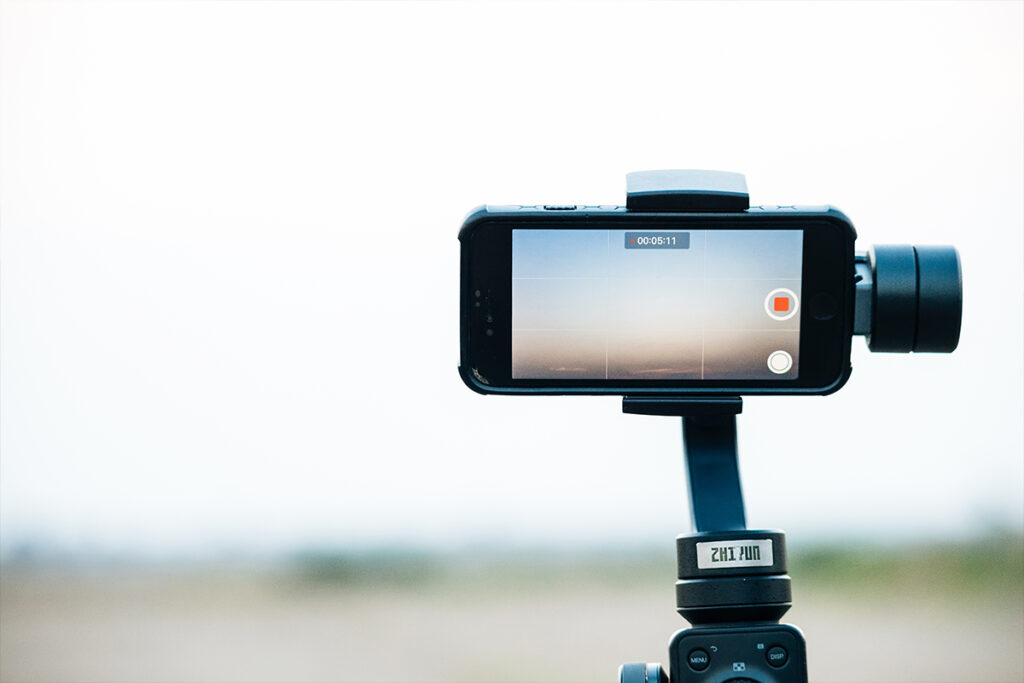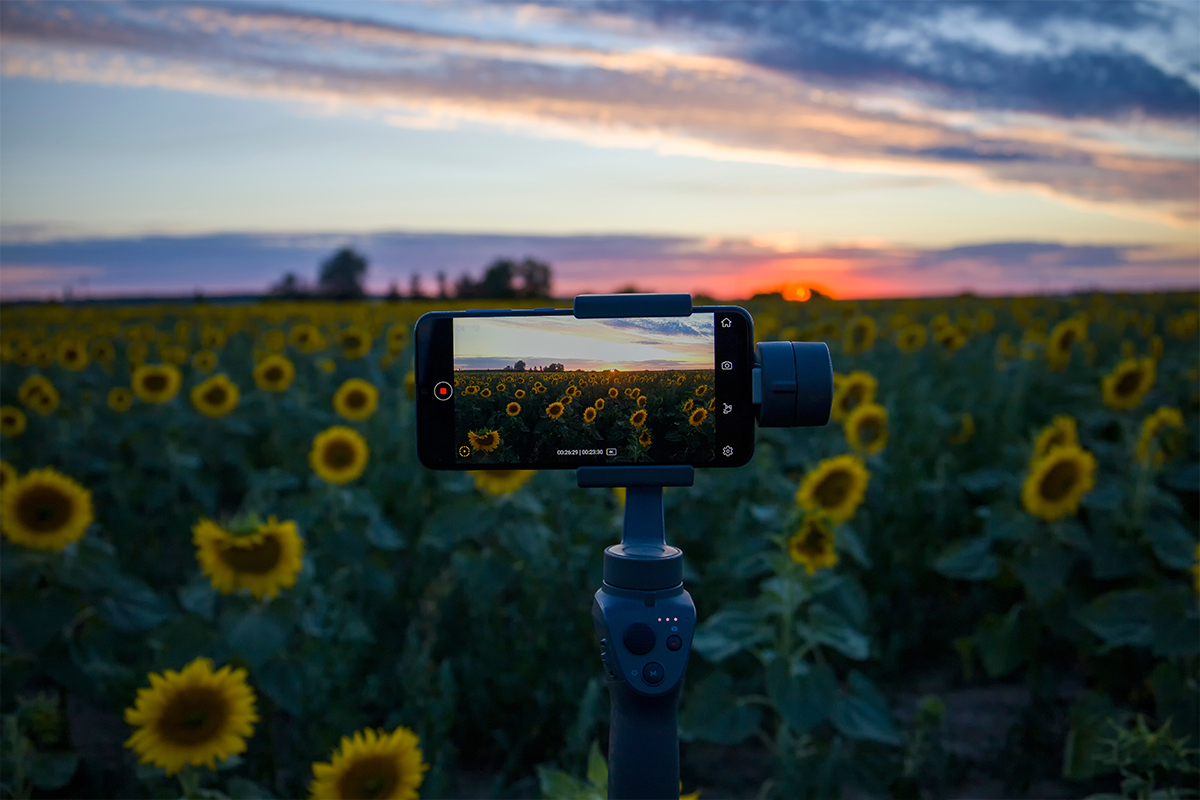Slow-motion has a universal appeal that is difficult to deny. When applied appropriately to the subject matter, this technique can turn an otherwise ordinary video clip into a fascinating and emotional visual experience. Nowadays, we have come to take for granted the ability to observe in detail the intricacies that would have otherwise gone unnoticed in real-time. However, unlike the 2000s and early 2010s, when slow-motion was only reserved for filmmaking cameras, you can now create fantastic slow-motion with your iPhone.
Slow-motion was first introduced in the iPhone 5s model and was unavailable for the iPhone 5 or 5c. At the time, the 5s offered a respectable 1080p 120fps feature, a novel addition that Apple proudly presented to consumers.
The subsequent release of the iPhone 6 and 6 Plus brought even more impressive capabilities, including the same 120fps 1080p feature and a new 240fps 720p option. These models also boasted improved camera quality and greater control over the slow-motion effect, enabling users to customize precisely where they wanted the slow motion to start and end.
Today, newer model iPhones offer exceptional slow-motion capabilities, allowing users to capture footage that rivals professional-grade cinematic visuals. As technology continues to evolve, it’s exciting to consider the possibilities for the future of slow-motion videography.
Thanks to hardware advancements and software, anyone can pull out their iPhone and shoot some crisp, clean, slow-motion, stable footage.
How To Achieve Slow-Motion Footage On The iPhone?
Utilizing the slow-motion feature on your iPhone is a simple process. However, it’s important to note a few essential considerations before shooting.
Firstly, navigate to the settings menu and select “camera.” From there, enable the grid option, providing a visual aid for aligning your subject and ensuring the proper centring of your shots. While still in the settings menu, select “Record Slo-Mo,” which offers various frame rates and quality options, with specifications varying from phone to phone.
While the slow-motion feature on your iPhone can be an excellent tool, it’s essential to recognize that it’s not a one-size-fits-all solution. Instead, this feature is most effective in specific moments and situations, such as when capturing waterfalls or other interactions with water or filming objects bouncing and breaking on the floor. High frame rates like 120fps or 240fps can transform a brief 10-second clip into several minutes’ worth of captivating footage in such scenarios.
However, exercising discretion and avoiding using these frame rates unnecessarily is essential. For basic shots that don’t require slow motion, it’s best to stick to standard frame rates to avoid unnecessarily elongating footage and detracting from the overall impact of your visual content.
By keeping these key factors in mind, you can harness the full potential of your iPhone’s slow-motion feature and create captivating, evocative footage that showcases your unique perspective and creative vision.
Once you’ve determined the frame rate and quality settings you want to use, open the camera app and slide over to the slow-motion tab at the bottom of the screen. Check the top right corner of the display to ensure that you’re using the desired frame rate and recording quality. After capturing your footage, it will automatically be saved to your camera roll, where you can edit specific points to adjust the slow-motion’s starting and ending points as needed.
An alternative option for capturing slow-motion footage involves shooting at 60fps and manually dropping frames to 24fps in post-production.
The benefits of this approach are twofold: firstly, footage shot at 60fps is often less shaky, and dramatic camera movements are less noticeable when shooting handheld. Secondly, by shooting at 60fps, you have greater control over the quality of your video, particularly on newer iPhones, which can shoot 60fps footage in 4K resolution. This is especially advantageous when compared to the limitations of the slo-mo mode on iPhones are restricted to 1080p resolution and 120fps or 240fps.
However, video quality is limited at these frame rates. To break it down, 120fps or 240fps is best suited for capturing swift movements with multiple elements, such as waterfalls, extreme sports, or breaking objects. Limiting the clip duration to approximately 10 seconds is best to ensure optimal impact for these shots.
Conversely, 60fps is better for capturing human interactions, animals, and other moments with a desired dreamy or ethereal effect. With this approach, you can aim for longer clips ranging from 30 seconds to a minute, and your footage will be more stable due to the lower frame rate. Additionally, you’ll have more options for higher quality footage, potentially up to 4K resolution.

By considering these factors and choosing the appropriate frame rate for each specific situation, you can maximize the potential of your iPhone’s slow-motion capabilities and create visually stunning content that captures your unique creative vision.
Slow-Motion iPhone Apps
The App Store is home to a vast selection of video editing apps that can revolutionize how you capture and edit footage on your iPhone. In the past, creating slow-motion videos on mobile devices could be a frustrating and time-consuming process fraught with technical difficulties. Today, however, numerous video editing apps offer comprehensive features, rivalling even their desktop counterparts and allowing you to easily create and edit stunning slow-motion videos.
Some noteworthy apps:
- LumaFusion
- Adobe Premiere Rush
- Splice
- Filmmaker Pro
- Filmic Pro
Get yourself a Gimbal For Even Better Slow-Motion
Consider investing in a gimbal for even smoother and more professional slow-motion footage. While modern iPhones boast gyros and built-in video stabilization features, a gimbal provides added assurance and control, allowing you to achieve steady, fluid motion without fear of camera shake or unwanted jitters.
A product like the DJI OM 5 can be calibrated to your specific needs and provides peace of mind, especially when getting a vital shot is essential, such as during client project work. With the right tools and techniques, you can capture breathtaking slow-motion footage that showcases your unique creative vision and tells your story compellingly and unforgettably.
For more on tech, check out these:

